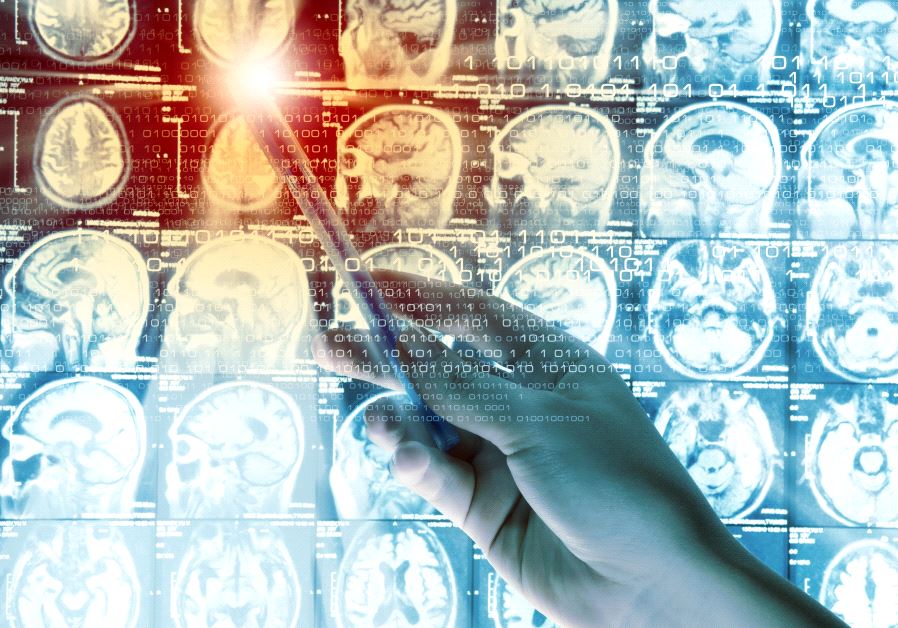Israel researchers find brain damage can occur even with mild head trauma
The research underscores the need for brain-imaging techniques that could help predict damage to the blood-brain barrier regardless of symptoms.
 Brain scan (illustrative)(photo credit: ING IMAGE/ASAP)
Brain scan (illustrative)(photo credit: ING IMAGE/ASAP)